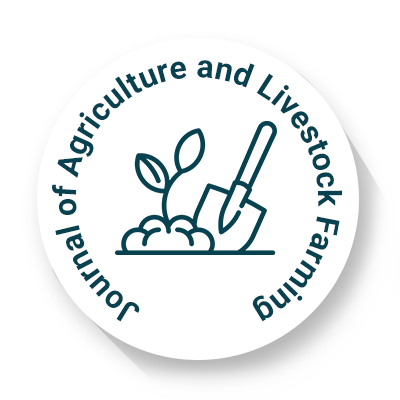
Journal of Agriculture and Livestock Farming
OPEN ACCESS

OPEN ACCESS
Maintaining a delicate balance of soil health, ecological resilience, and long-term agricultural productivity is the foundation of agro-ecological soil sustainability. Its principles embrace biological processes, environmental protection, and agronomy, all aimed at preserving the quality of soil while ensuring sustainable food production.
Soil sustainability is closely linked to broader ecological functions, extending beyond agriculture to include biodiversity conservation, carbon sequestration, and water cycle regulation. Soil acts as a reservoir for microbial life, nutrient exchanges, and atmospheric interactions, underscoring its vital role in maintaining environmental balance. Adopting holistic land management strategies that integrate soil conservation with ecological sustainability strengthens resilience against climate variability, land degradation, and resource depletion.
Sustainable agriculture is farming in such a way to protect the environment, aid, and expand natural resources, and to make the best use of non-renewable resources. The term “sustainable agriculture” means an integrated system of plant and animal production practices having a site-specific application that will over the long term satisfy human food and fiber needs, enhance environmental quality and the nature resource base upon which the agriculture economy depends, make the most efficient use of non-renewable resources and on-farm resources, and integrate, where appropriate, natural biological cycles and controls, sustain the economic viability of farm operations, and enhance the quality of life for farmers and society as a whole.
As a fundamental component of agro-ecological resilience, soil sustainability embodies the dynamic connection between environmental adaptability, biological integrity, and agricultural innovation. Its ongoing evolution, driven by scientific advancements and responsible land stewardship, remains essential for securing the future of global food systems while maintaining ecological balance.